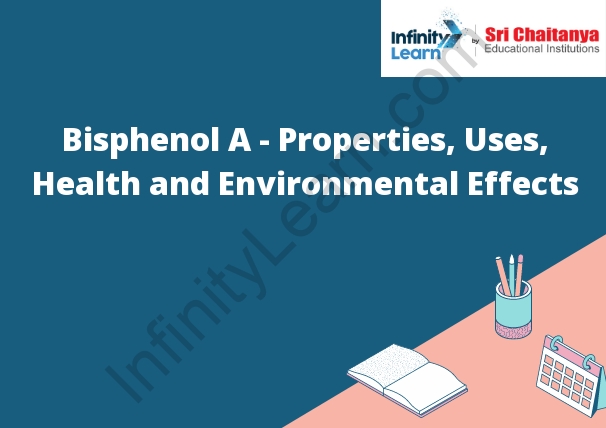Table of Contents
What is Bisphenol A?
Bisphenol A (BPA) is a chemical compound used in the production of polycarbonate plastics and epoxy resins. Polycarbonate plastics typically used in the manufacturing of products such as water bottles, food containers, and baby bottles. Epoxy resins used as coatings in food and beverage cans.
BPA is an endocrine disruptor, meaning that it can interfere with the body’s hormonal system. BPA has shown to mimic the hormone estrogen, and it has linked to health problems such as infertility, breast cancer, and obesity.
There is growing concern about the health effects of BPA, and many consumer products that contain BPA now labeled as “BPA-free”. Some governments have even banned the use of BPA in certain consumer products.

BPA Physico-Chemical Properties
- Bisphenol A (BPA) is an organic compound with the chemical formula C15H16O2. It is a white solid that is soluble in organic solvents. BPA is a monomer of polycarbonate plastic and epoxy resin.
- BPA has a high glass transition temperature of 214 °C, indicating that it is a strong polymer. It is also a powerful antioxidant.
Bisphenol A Uses
- Bisphenol A is a chemical compound with the molecular formula C 15 H 16 O 2 . It is a white solid that is soluble in organic solvents. It has two phenol groups bonded to a propane skeleton.
- Bisphenol A used to make polycarbonate plastics and epoxy resins. Polycarbonate plastics are clear and shatter-resistant. Epoxy resins used to make coatings, adhesives, and sealants.
- Bisphenol A also used as an antioxidant.
Health and Environmental Effects of Lead
Lead is a naturally occurring element that is found in small amounts in the Earth’s crust. It is a soft, malleable metal that is bluish-white in color. Lead used for many years in a variety of products, including: paint, batteries, plumbing, ammunition, and cosmetics.
Lead is a toxic substance that can cause a variety of health problems, including: brain damage, kidney damage, and infertility. It can also cause environmental problems, including: soil contamination, water contamination, and air pollution.







